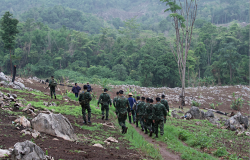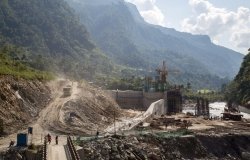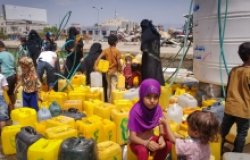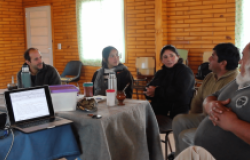"Population and Conflict": Join the Discussion
APRIL 2006--ECSP Report 11 Authors Comment on Demographic Links to Security
Join the Discussion: Add a Comment
Scholars and policymakers alike focus most of their attention on proximate sources of violent conflict, giving short shrift to underlying, obscured, or complex causes. The Environmental Change and Security Program has historically offered a place for debating less prominent explanations and for examining conflict's causal roots. In that vein, ECSP Report 11 invited five scholars to summarize their current research on the links between conflict and four key factors: density, age structure, sex ratio, and differential population growth. These commentaries, which seek to help non-experts navigate this complex territory, offer recommendations for policymakers and programmers working to prevent conflict and stabilize population growth.
Related Programs

Environmental Change and Security Program
The Environmental Change and Security Program (ECSP) explores the connections between environmental change, health, and population dynamics and their links to conflict, human insecurity, and foreign policy. Read more

Maternal Health Initiative
Life and health are the most basic human rights, yet disparities between and within countries continue to grow. No single solution or institution can address the variety of health concerns the world faces. By leveraging, building on, and coordinating the Wilson Center’s strong regional and cross-cutting programming, the Maternal Health Initiative (MHI) promotes dialogue and understanding among practitioners, scholars, community leaders, and policymakers. Read more










